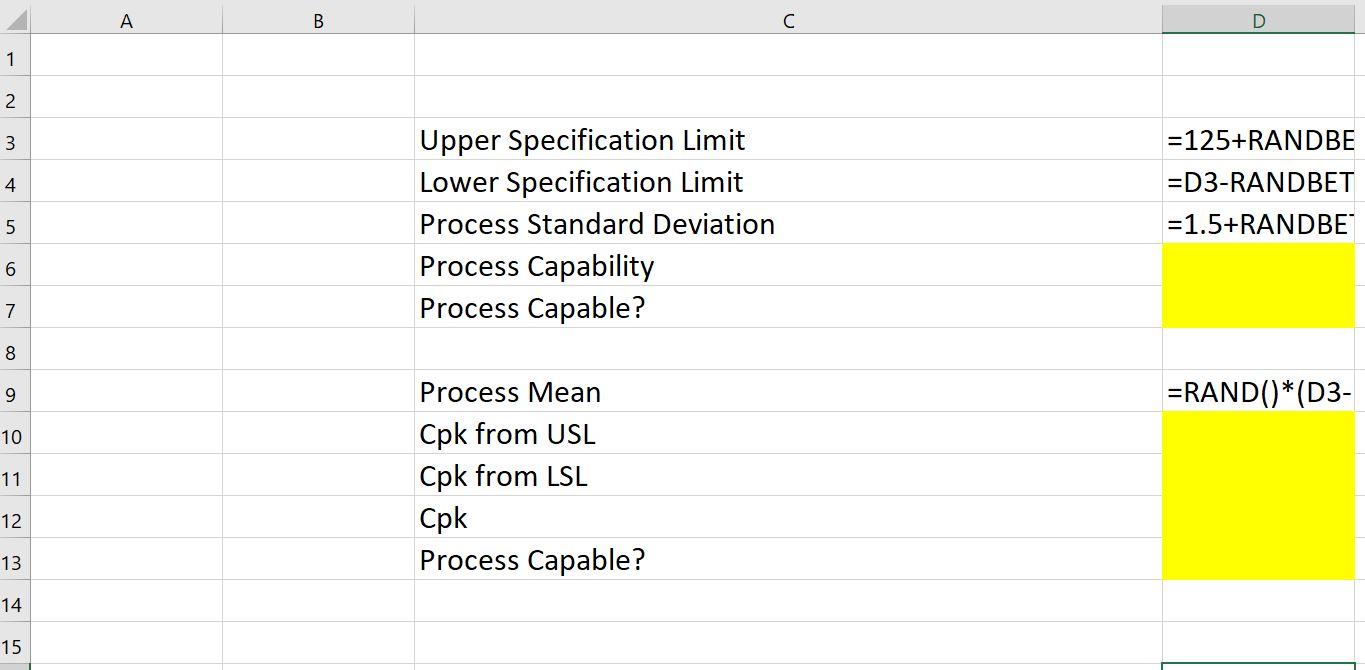Unlocking Potential: The Indispensable Role of Capability Worksheets in a Dynamic World
In an era defined by rapid technological advancement, shifting market demands, and an ever-evolving global landscape, the traditional focus on static job descriptions and isolated skill sets is no longer sufficient. Organizations and individuals alike must cultivate a deeper, more adaptable understanding of what it means to be truly effective. This is where the concept of "capability" emerges as a crucial differentiator, encompassing not just what one knows or can do, but the holistic capacity to achieve specific outcomes, adapt to new challenges, and contribute strategically. To systematically identify, develop, and leverage these vital capacities, one tool stands out for its clarity and effectiveness: capability worksheets.
These structured, powerful instruments serve as the cornerstone for strategic development, performance enhancement, and long-term resilience, for both individuals and entire organizations. More than simple checklists, capability worksheets provide a framework for deep reflection, objective assessment, and actionable planning, transforming abstract notions of potential into concrete pathways for growth.
Defining Capabilities and the Purpose of Capability Worksheets
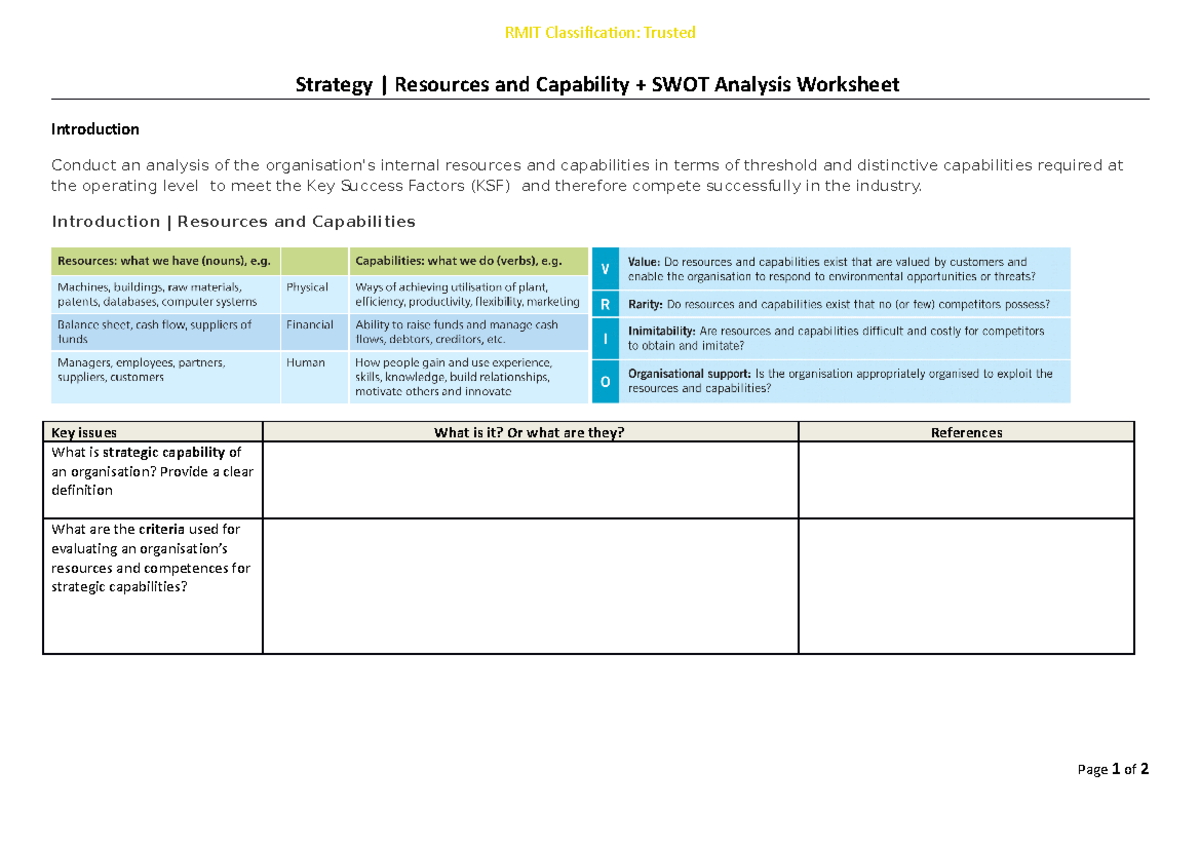
Before delving into the specifics, it’s essential to distinguish "skills" from "capabilities." A skill is a specific, often technical proficiency (e.g., coding in Python, public speaking, using Excel). A capability, on the other hand, is a broader, more integrated capacity that combines skills, knowledge, experience, attitudes, and behaviors to achieve a desired outcome in a given context. For instance, "Strategic Thinking" is a capability that might draw upon skills like data analysis, problem-solving, and communication, but it’s the ability to apply these in concert to formulate a long-term vision that defines the capability. Similarly, "Organizational Agility" is a capability that relies on various team skills, adaptive processes, and a culture of continuous learning.

Capability worksheets are designed precisely to dissect, articulate, and measure these complex capabilities. They are structured templates or guided exercises that typically include:
- Clearly Defined Capabilities: A list of the specific capabilities relevant to an individual role, a team function, or an organizational strategic objective (e.g., "Leadership," "Innovation," "Customer Centricity," "Digital Literacy").
- Behavioral Indicators/Descriptors: Detailed descriptions of what successful demonstration of each capability looks like in practice, often across different proficiency levels (e.g., "Beginner," "Proficient," "Expert"). This moves beyond abstract definitions to observable actions.
- Self-Assessment and Peer/Manager Assessment Sections: Spaces for individuals to rate themselves against the indicators, and for others (managers, peers) to provide feedback, fostering a 360-degree view.
- Evidence Collection: Prompts to list specific examples or achievements that demonstrate the capability.
- Gap Analysis: Sections to identify areas where current proficiency falls short of desired levels.
- Action Planning: Dedicated spaces to outline specific steps, resources, and timelines for developing the identified capabilities.
- Review Dates: For tracking progress and ensuring continuous development.


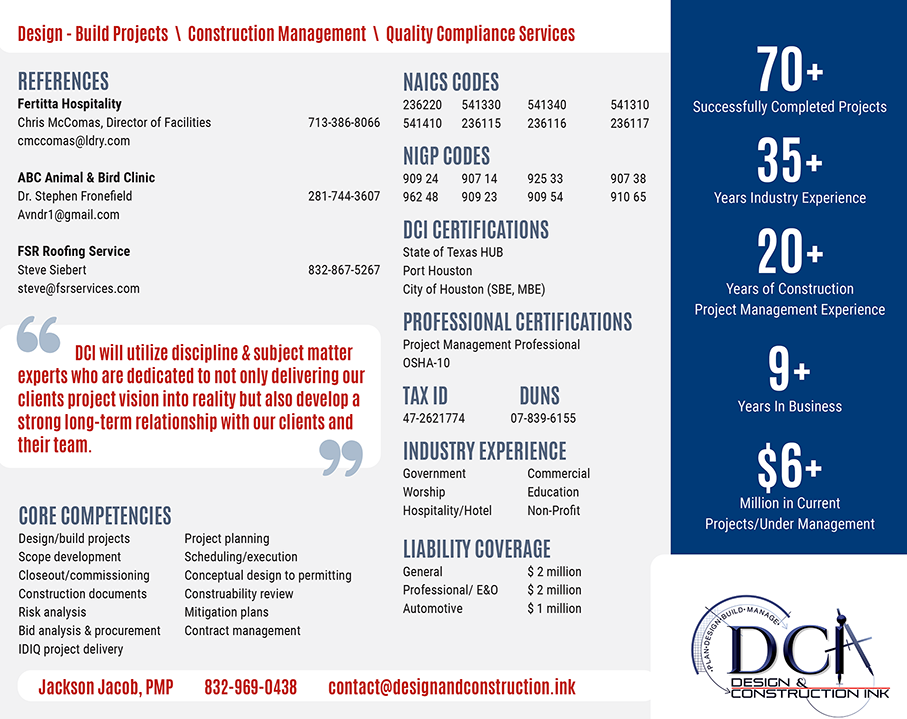
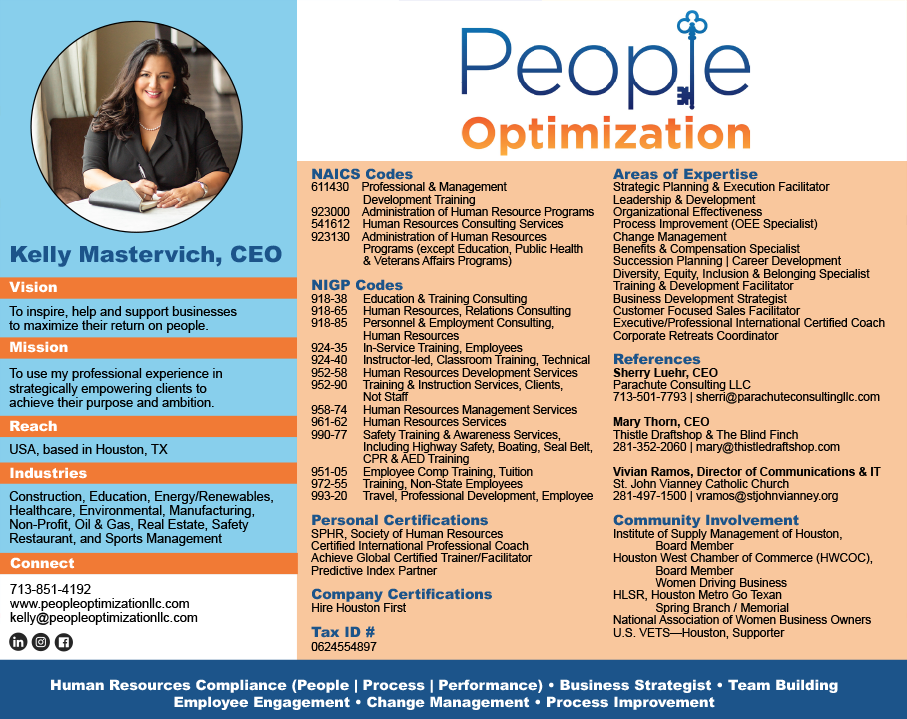
The primary purpose of capability worksheets is to provide a standardized, objective, and actionable framework for understanding and enhancing human and organizational potential. They move beyond subjective evaluations to foster a data-driven approach to development.
The Multifaceted Benefits of Leveraging Capability Worksheets
The utility of capability worksheets spans every level of an organization, delivering profound benefits that contribute to individual success and organizational resilience.
For Individuals: Empowering Personal and Professional Growth
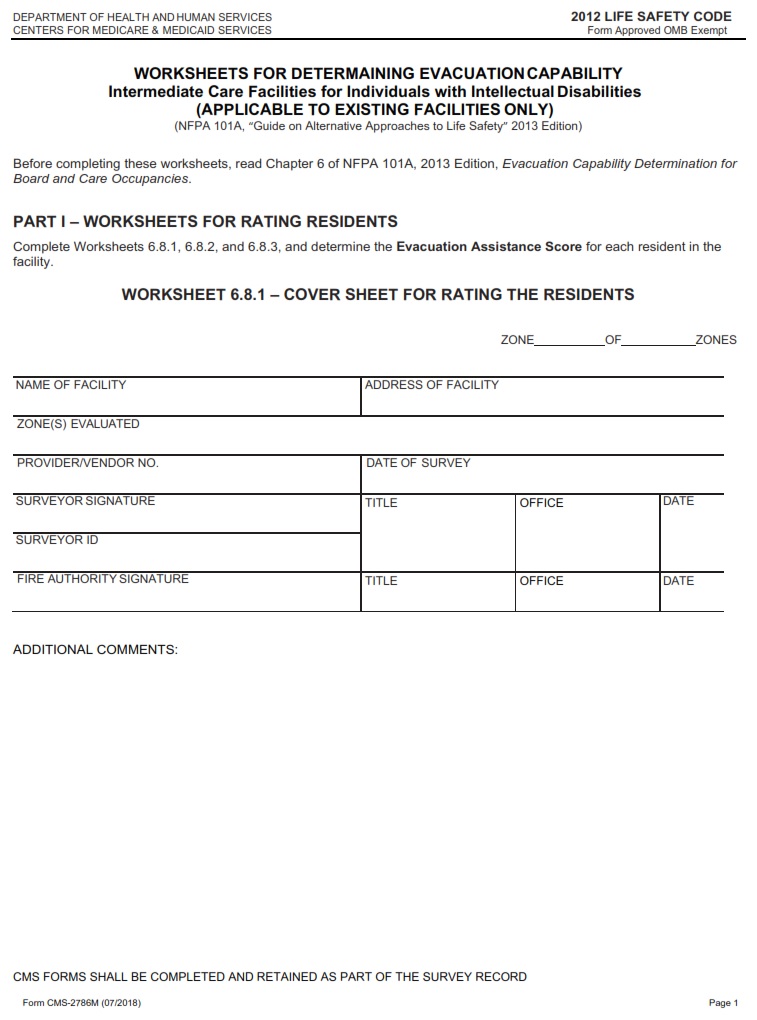
For an individual, a capability worksheet serves as a powerful mirror and a personal roadmap.
- Enhanced Self-Awareness: By systematically evaluating themselves against defined capabilities and their behavioral indicators, individuals gain a deeper understanding of their strengths, areas for development, and how their current abilities align with their career aspirations.
- Targeted Development: Instead of generic training, individuals can pinpoint exact capabilities they need to cultivate for their current role or future advancement. This leads to more effective and personalized learning plans.
- Clear Career Pathways: Understanding the capabilities required for various roles within an organization allows individuals to proactively plan their career trajectory and invest in relevant development.
- Increased Engagement and Motivation: When employees understand how their personal growth contributes to organizational success, they feel more valued and engaged in their work.
For Teams: Fostering Cohesion and Collective Effectiveness
Teams are more than the sum of their individual members. Capability worksheets can significantly enhance team dynamics and performance.
- Optimized Team Composition: Managers can use worksheets to identify the collective capabilities of their team, spotting gaps or overlaps. This informs recruitment decisions and project assignments, ensuring the team has the necessary collective horsepower.
- Improved Collaboration: When team members understand each other’s strengths and development areas, they can better leverage individual talents and provide targeted support, leading to more effective collaboration.
- Shared Understanding of Goals: Aligning team capabilities with project or departmental goals ensures everyone is working towards a common objective with a clear understanding of the necessary collective capacities.
- Proactive Problem Solving: By identifying capability gaps early, teams can proactively address potential roadblocks to project success or operational efficiency.
For Organizations: Driving Strategic Alignment and Competitive Advantage
At the organizational level, capability worksheets are indispensable tools for strategic human capital management and long-term viability.
- Strategic Alignment: Organizations can define core capabilities essential for achieving their strategic objectives (e.g., "Digital Transformation," "Customer Experience Excellence"). Capability worksheets then help assess the current state of these capabilities across the workforce, identifying strategic gaps that need to be addressed through training, recruitment, or organizational redesign.
- Effective Talent Management: From recruitment to succession planning, worksheets provide objective criteria for assessing candidates, identifying high-potential employees, and designing targeted leadership development programs.
- Performance Management: By linking performance reviews to demonstrated capabilities, organizations can move beyond task-based assessments to evaluate how work is done and what underlying capacities drive success.
- Change Management and Resilience: In times of significant change (e.g., adopting new technologies, entering new markets), capability worksheets help organizations assess their readiness, identify the new capabilities required, and plan the necessary workforce transformation.
- Enhanced Competitive Advantage: By systematically developing unique and hard-to-replicate capabilities, organizations can build a sustainable competitive edge in their industry.
- Organizational Learning and Agility: They foster a culture of continuous learning and adaptation by institutionalizing the process of identifying, developing, and leveraging critical capabilities across the enterprise.
Types and Applications of Capability Worksheets
The versatility of capability worksheets means they can be tailored to a multitude of contexts and specific needs:
- Individual Development Plan (IDP) Worksheets: Focus on an employee’s personal growth, identifying capabilities for their current role, future aspirations, and outlining specific learning activities.
- Competency Framework Worksheets: Used to define the core competencies (capabilities) required for different job families or levels within an organization, providing a common language for talent management.
- Skill Gap Analysis Worksheets: While often focusing on skills, a sophisticated version can assess broader capabilities by comparing current levels against future requirements (e.g., "Do we have the ‘Data Storytelling’ capability needed for our new AI initiatives?").
- Leadership Capability Worksheets: Specifically designed to evaluate and develop the unique capabilities required for effective leadership at various organizational tiers (e.g., "Visionary Leadership," "Coaching and Mentoring," "Change Leadership").
- Project Capability Checklists: Before embarking on a new project, teams can use a worksheet to assess if they collectively possess the necessary capabilities (technical, interpersonal, strategic) for successful execution.
- Strategic Capability Assessment Worksheets: At the executive level, these help determine if the organization possesses the capabilities to execute its long-term strategy and adapt to future market conditions.
- Role-Specific Capability Worksheets: Tailored to specific roles (e.g., "Sales Effectiveness Capability Worksheet," "Software Engineer Capability Worksheet"), outlining the unique blend of capabilities critical for success in that position.
Designing and Implementing Effective Capability Worksheets
The true value of capability worksheets lies in their thoughtful design and consistent implementation.
Key Elements of Effective Worksheets:
- Clarity and Simplicity: Easy to understand and navigate, avoiding jargon.
- Relevance: Capabilities defined must be directly relevant to individual roles, team objectives, or organizational strategy.
- Measurable Indicators: Behavioral descriptors should be observable and quantifiable where possible, allowing for objective assessment.
- Action-Oriented Sections: Beyond assessment, the worksheet must guide users to formulate concrete development plans.
- Integration: Seamlessly integrate with existing HR systems, performance management cycles, and learning and development platforms.
- Supportive Resources: Link to relevant training programs, mentorship opportunities, or online resources for capability development.
Best Practices for Implementation:
- Secure Buy-in: From senior leadership to front-line employees, ensure everyone understands the purpose and benefits of using the worksheets.
- Provide Training: Train managers and employees on how to effectively use the worksheets, conduct assessments, and provide constructive feedback.
- Foster a Culture of Trust: Emphasize that worksheets are development tools, not punitive measures. Confidentiality and psychological safety are paramount.
- Regular Review and Update: Capabilities evolve. Worksheets should be reviewed annually or biannually to ensure they remain relevant and aligned with organizational needs.
- Feedback Loops: Establish mechanisms for users to provide feedback on the worksheets themselves, allowing for continuous improvement.
- Link to Outcomes: Demonstrate how developing capabilities through these worksheets contributes to improved individual performance, team effectiveness, and organizational results.
Common Pitfalls to Avoid:
- Over-Complication: Too many capabilities, too many levels, or overly complex language can lead to user fatigue and abandonment.
- Lack of Follow-Through: If assessments are done but no action plans are executed or reviewed, the process becomes a bureaucratic exercise.
- One-Off Exercise: Treating capability assessment as a standalone event rather than an ongoing process for continuous development.
- Generic Templates: Using off-the-shelf worksheets without customizing them to the specific organizational context and strategic goals.
- Lack of Managerial Support: Managers must be equipped and willing to guide their direct reports through the process and support their development.
The Future of Capability Development
As the future of work continues to unfold, marked by automation, AI, and increasing interconnectedness, the demand for adaptable, strategic, and human-centric capabilities will only grow. Capability worksheets, far from becoming obsolete, will evolve to become even more sophisticated and integrated. We can anticipate:
- AI-Driven Insights: Leveraging AI to analyze assessment data, identify patterns, and suggest personalized development pathways.
- Gamified Experiences: Making the assessment and development process more engaging and interactive.
- Continuous Feedback Loops: Integrating real-time feedback mechanisms directly into the capability assessment process.
- Dynamic Worksheets: Worksheets that can adapt based on an individual’s role evolution or an organization’s shifting strategic priorities.
Conclusion
In a world where change is the only constant, the ability to understand, cultivate, and deploy the right capabilities is no longer a luxury but a necessity for survival and growth. Capability worksheets stand as an invaluable, practical tool in this endeavor. They provide the clarity, structure, and actionable insights required to bridge the gap between current potential and future requirements. By empowering individuals, strengthening teams, and aligning organizational strategy, these worksheets are more than just HR forms; they are catalysts for unlocking potential, fostering continuous learning, and building the resilient, adaptable workforce of tomorrow. Embracing and effectively implementing capability worksheets is a strategic imperative for any entity committed to thriving in the dynamic landscape of the 21st century.

